Best Wood for Model Building Projects
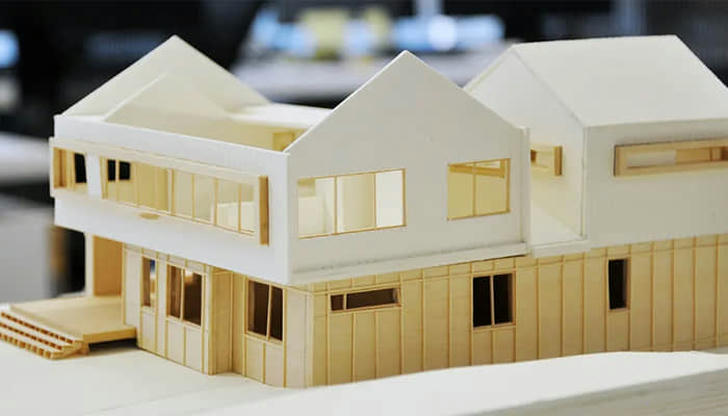
Choosing the right type of wood is crucial for model-building projects. Whether you're creating architectural models, miniature furniture, or hobby models like airplanes and ships, the wood you use affects the durability, ease of crafting, and overall finish of your project. Some woods are lightweight and easy to cut, while others provide extra strength and fine detail. Let's explore the best types of wood for model building and what makes each one special.
Balsa Wood: The Classic Choice
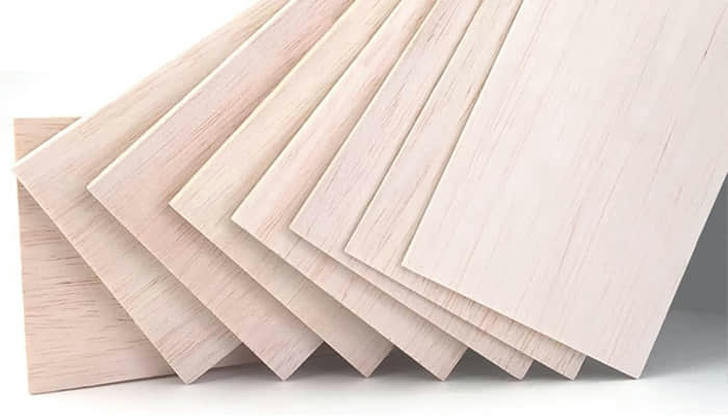
Balsa wood is one of the most popular choices for model building, especially in crafting airplanes and lightweight structures. It is incredibly light, soft, and easy to cut, making it ideal for beginners and advanced model builders alike. Its grain allows for smooth sanding and painting, ensuring a professional-looking finish.
Despite its softness, balsa wood can be reinforced with glue or coatings to improve durability. While it's not the strongest wood, its weight-to-strength ratio makes it a preferred option for projects where weight matters, such as remote-controlled aircraft or bridge models.
Basswood: The Versatile Favorite
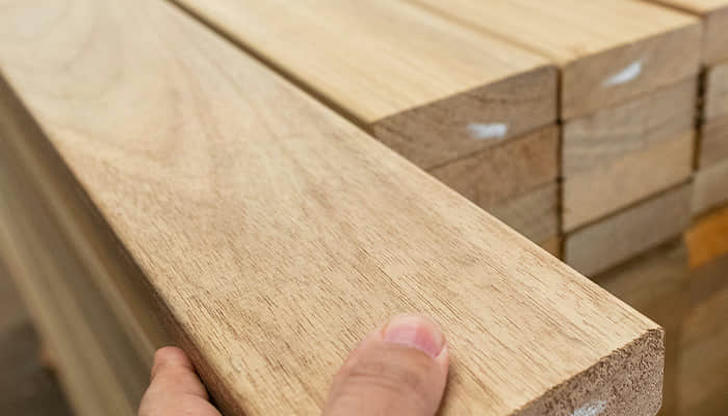
Basswood is another excellent choice, known for its fine grain and uniform texture. It is easy to carve, cut, and sand, making it a favorite among model builders who require precision and detail. Basswood is particularly useful for architectural models and intricate designs that need smooth edges.
This wood takes paint and stains exceptionally well, allowing you to customize your projects with ease. It is also slightly stronger than balsa, providing better durability while still being lightweight enough for delicate projects.
Plywood: Strength and Stability
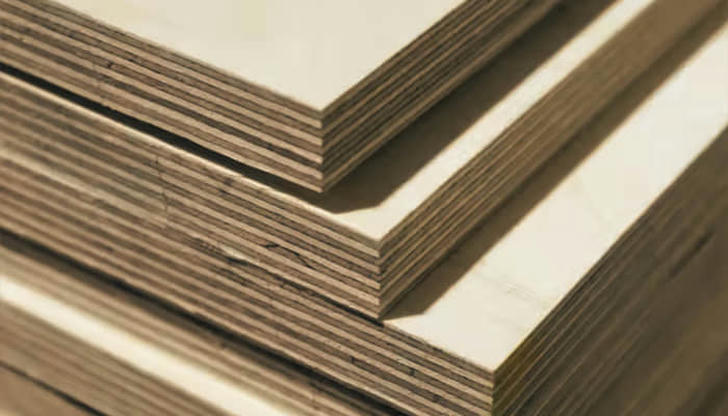
Plywood is a fantastic option for model builders looking for added strength and stability. It consists of multiple layers of thin wood glued together, creating a strong yet workable material. Plywood comes in different thicknesses, allowing you to choose the right balance between flexibility and sturdiness.
Because of its layered structure, plywood is resistant to warping and cracking, making it a great choice for structural models or models that need extra reinforcement. However, cutting and sanding plywood requires a bit more effort compared to softer woods like balsa or basswood.
Cherry Wood: Aesthetic and Durable
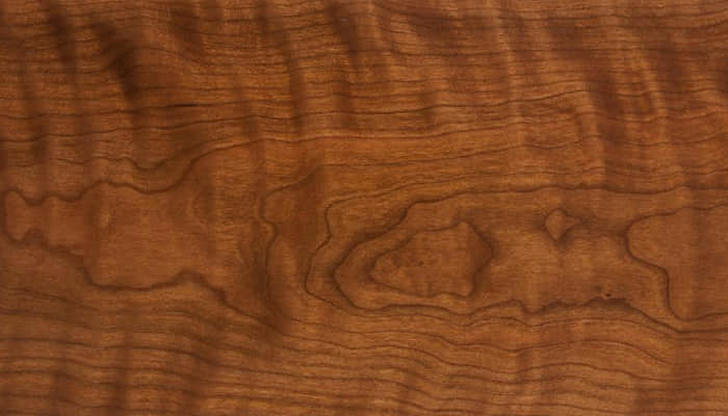
Cherry wood is a beautiful hardwood that is often used for high-end model projects. It has a rich color and smooth grain, making it a favorite for model builders who want a polished and elegant finish. Though it is slightly harder to work with than softer woods, it rewards careful craftsmanship with an outstanding final appearance.
Cherry wood is also highly durable, making it a great option for models that need to last a long time. While it is heavier than balsa or basswood, its strength makes it a great choice for furniture models and collectible display pieces.
Maple Wood: Tough and Precise
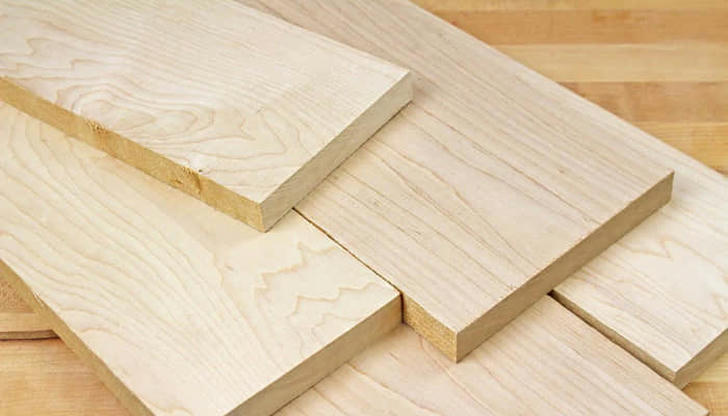
Maple wood is another strong and durable option that is often chosen for its fine grain and ability to hold detailed carvings. It is slightly heavier than other model-building woods, but it offers exceptional strength and stability.
Because of its hardness, maple can be more challenging to cut and shape. However, for projects that require precise details and long-lasting durability, it's an excellent choice. Maple is particularly useful for scale models, musical instrument models, and detailed miniatures.
Cedar Wood: Lightweight and Aromatic
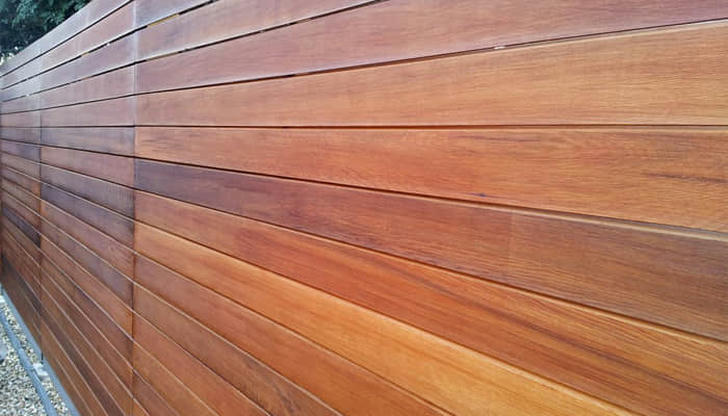
Cedar wood is well-known for its pleasant aroma and natural resistance to moisture and insects. It is a lightweight yet strong wood that is often used for outdoor models or models that require extra durability against environmental conditions.
Cedar's soft texture makes it easy to cut and shape, though it can sometimes be prone to splitting if not handled carefully. It is a great option for boat models, garden structures, and decorative pieces that require a distinct natural look.
Pine Wood: Affordable and Easy to Work With
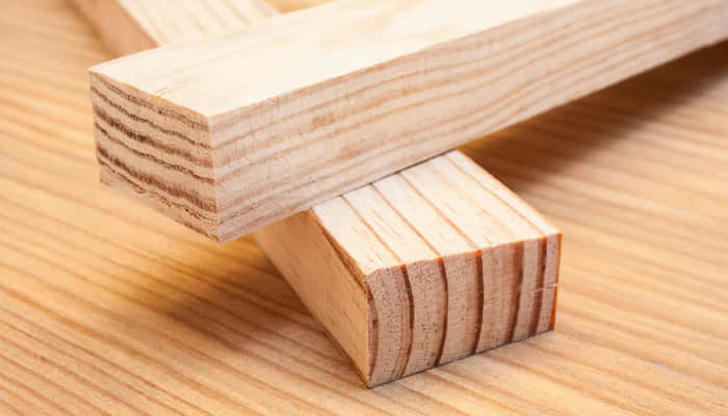
Pine wood is a widely available and budget-friendly choice for model building. It is relatively soft, making it easy to cut and shape, while still offering good structural strength. Pine is a good option for beginners who want an easy-to-use material without compromising too much on durability.
Because of its natural grain, pine may require extra sanding to achieve a smooth finish. However, it stains and paints well, making it a flexible choice for many different types of model projects, from furniture replicas to architectural designs.
Walnut Wood: Premium and Elegant
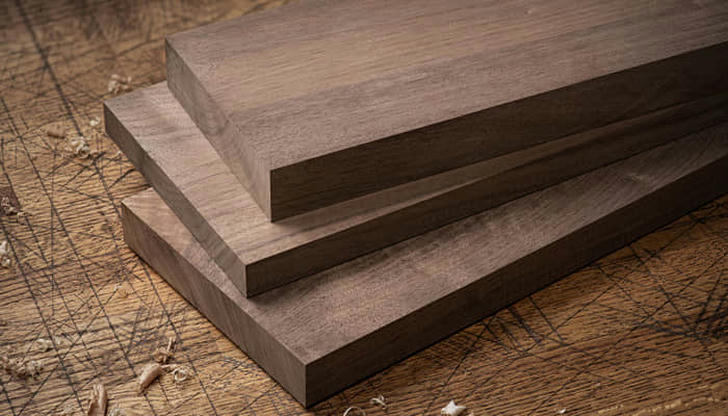
Walnut is a premium hardwood that is often used for high-quality model building. It has a deep, rich color and fine grain that gives models a luxurious appearance. While it is more challenging to carve and shape than softer woods, the results are often worth the extra effort.
Walnut is highly durable and strong, making it ideal for models that need to withstand wear and tear. It is commonly used for intricate carvings, collectible miniatures, and historic ship models where aesthetics and longevity are key factors.
Conclusion
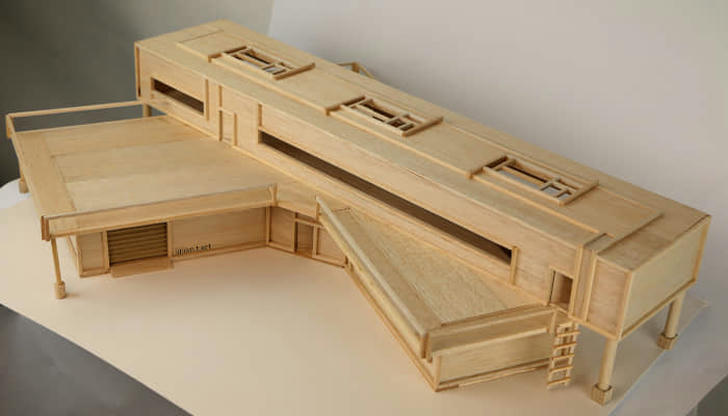
Choosing the best wood for model building depends on the type of project, your skill level, and the desired final look. Balsa and basswood are perfect for lightweight and easy-to-work-with projects, while cherry, maple, and walnut provide elegance and durability. Plywood and cedar offer strength and stability, making them great for structural models. Whether you're a beginner or an experienced model maker, selecting the right wood will enhance your craftsmanship and ensure a beautiful, long-lasting result.
